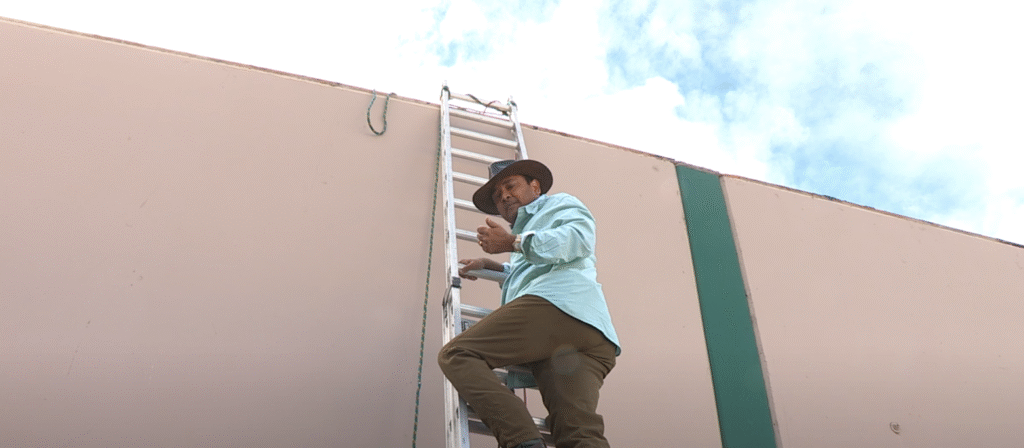Valuing Roofing Companies in a Risky Industry

The roofing industry might not grab headlines, but it plays a vital role in American construction and small business. With over 100,000 companies generating $45 billion in annual revenue and employing 260,000 workers, it’s an industry built on risk, resilience, and reputation. But how do you value a roofing business in today’s evolving market? According to valuation expert Bharat Kanodia and insights shared by BharatKanodia, it comes down to understanding the unique economics, technology integration, and long-term customer strategies driving this high-risk sector.
Risk vs. Reward in Roofing Roofers face some of the most hazardous working conditions in the U.S., yet their pay often hovers just above minimum wage. As Bharat Kanodia put it, “Roofers are the gladiators of the American construction industry.” This mismatch between risk and compensation raises a question: Are the profits being held at the ownership level, or is the industry simply low-margin by nature?
Industry Valuation Benchmarks Roofing companies are typically valued based on:
- 0.2 to 0.3 times annual revenue, or
- 2 to 4 times Seller’s Discretionary Earnings (SDE), plus the fair value of any tangible assets like vehicles, tools, and inventory.
Modern Trends Shaping the Industry
- New Roofing Materials: From shingles and metal to solar and green roofs, companies that adapt to newer technologies gain a significant edge.
- Technology Integration: Software tools streamline labor and inventory management, while drones reduce safety risks and improve measurement accuracy.
- Online Reputation: In an industry driven by referrals and repeat customers, online reviews can make or break a business.
Quality Guidelines That Matter While not regulations, best practices like using nails over staples, avoiding layering new roofs on old ones, and securing at least four nails per shingle can extend roof life and elevate a company’s reputation.
Maximizing Company Value To stand out and command a higher valuation, roofing companies should focus on:
- Referral Networks: Word-of-mouth and past clients drive future business in a market where roofs last 15-20 years.
- Employee Training: Versatile, well-trained employees are both an asset and a marketing tool.
- Insurance Management: Keep liability claims low, resolve disputes quickly, and shop for the best broker rates regularly.
- Online Presence: Showcase completed jobs, respond to reviews, and actively manage testimonials to boost visibility and credibility.
Long-Term Growth Through Reputation Especially for companies less than 10 years old, credibility takes time to build. Real growth happens when customers call you for their second roof—not just their first. That kind of loyalty and reputation creates sustainable business value.
Conclusion Roofing businesses combine high physical risk with cyclical demand, but those who adapt, digitize, and focus on service can rise above the pack. Valuing a roofing company isn’t just about revenue—it’s about reputation, reliability, and readiness for the next evolution in roofing technology and customer expectations.






